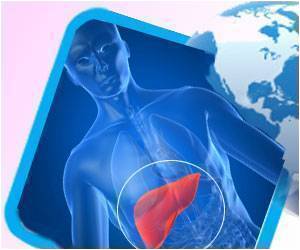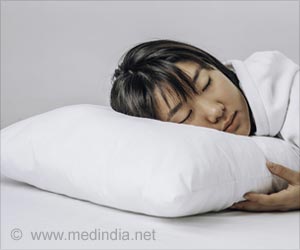Discover how a large waist circumference linked with abdominal obesity can be the causative factor of infertility in women.
- Large waist circumference associated with abdominal obesity can cause female infertility. One cm increase in waist circumference raises the risk of infertility by 3%
- Obesity can alter the hormonal profiles, causing menstrual and ovulation disorders, resulting in poor embryo implantation and infertility
- Exercise and recreational activity help reduce waist circumference-induced infertility
Association between waist circumference and female infertility in the United States
Go to source).
Insights on Clinical Study Highlighting Obesity-Linked Female Infertility
According to the study, the relationship between obesity and female infertility may be explained by waist circumference (WC) rather than body mass index (BMI).A total of 3,239 female volunteers, aged 18 to 45, were included in the study; 327 (11.1%) of them were infertile. The waist circumference (102.8 cm vs. 93.7 cm, respectively) and BMI (32.0 vs. 28.7) of infertile subjects were higher than those of fertile persons. Furthermore, among infertile women, conditions including diabetes and hypertension were more prevalent.
The findings showed a 3% increase in the chance of infertility for every 1 cm (0.39 in) increase in waist circumference. It suggested that waist circumference as a clinical measure of abdominal obesity, and infertility were positively correlated, regardless of BMI.
How Abdominal Obesity Increases Female Infertility?
Obesity can raise the risk of female infertility by one or more of the following factors –- Obesity can cause alterations in hormonal profiles, including excessive secretion of leptin, insulin, adipokine, androgen, and estrogen, and lower levels of adiponectin and sex hormone-binding globulin.
- This hormonal imbalance leads to functional alteration of the hypothalamus-pituitary-ovarian axis, menstrual disorder, and impairs folliculogenesis.
- Ovulation disorders and hormonal imbalances might be made worse by insulin resistance, which is frequently associated with obesity.
- Chronic inflammation and oxidative stress, which are common in obese people, may worsen insulin resistance, interfere with ovarian function, and compromise embryo implantation.
Significance of Physical Activity to Reduce Infertility in Obese Women
The risk of infertility can be considerably reduced by engaging in moderate to high physical activity, which can be a common protective factor. Engaging in moderate recreational activity lowers the incidence of WC-related infertility, particularly in cases where the waist circumference is greater than 113.5 cm.Additionally, it has been demonstrated that physical activity lowers pro-inflammatory and oxidative stress, which may help to increase fertility.
Therefore, by keeping an eye on their waist circumference and partaking in modest recreational activities, women who are attempting to conceive may be able to boost their chances of conception.
Limitations of the Study
However, the study only demonstrates an association, not proof, that a greater waist circumference raises the likelihood of infertility. The study also contains several shortcomings. Given that infertility was self-reported, it's possible that the individuals had trouble remembering the precise length of their infertility struggles. Since the study only analyzed American data, its conclusions might not apply to other nations.
More research is required to precisely understand how increased waist circumference contributes to infertility. Meanwhile, maintaining a healthy weight can prevent serious illnesses and early mortality.
To summarize, the mitigation of abdominal obesity and the enhancement of reproductive health in women necessitates the implementation of suitable strategies for controlling waist circumference and engaging in moderate recreational activities.
Reference:
- Association between waist circumference and female infertility in the United States - (https://journals.plos.org/plosone/article?id=10.1371/journal.pone.0295360)
Source-Medindia
















